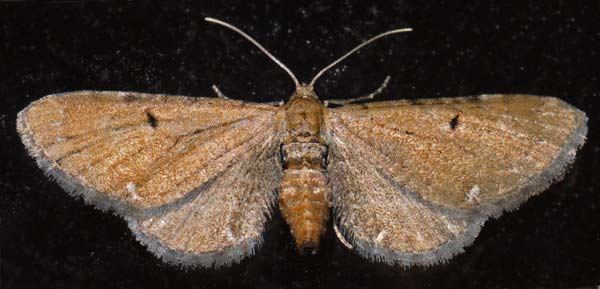Search the site for a moth name or other keyword
Currant Pug About 10mm
Forewing of Currant Pug is more rounded than the forewing of Wormwood Pug

There is also Golden-
.
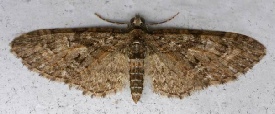

Discal spot is long, straight and narrower than in Oak-
Forewing is more pointed and narrower than in Oak-
Discal spot is long, oval and wider than in Brindled Pug

Pug moths -
There are a lot of pug species and many are difficult to identify. Their wing markings
are similar and variable. Several species also have dark (melanic) forms -
Here we just illustrate the normal forms of some of the common species.


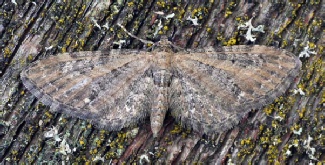
Common Pug
A dull white spot near the trailing corner of each wing. Spot often double.
Flight period mainly May and June
Single bright white spot
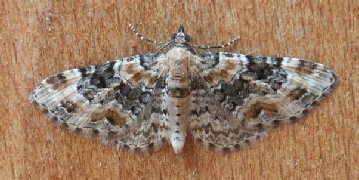

2. Foxglove Pug and Toadflax Pug -
Foxglove Pug -
Flight period May-
Toadflax Pug -
Flight period June-

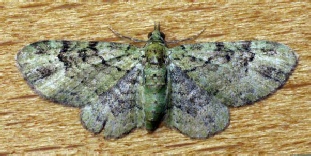
1. Green Pug and V-
Pugs which are green
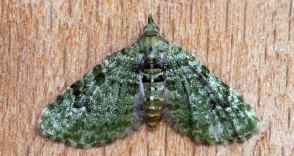
Outer cross-


Outer cross-
Flight period May-
rather faint white crossline near outer edge of forewing
Brighter white crossline near outer edge of forewing

Other white spots on the back of the thorax and side of the abdomen.
Flight period May-
Flight period Mainly June and July
Green Pug V-
Two dark patches near tip of forewing
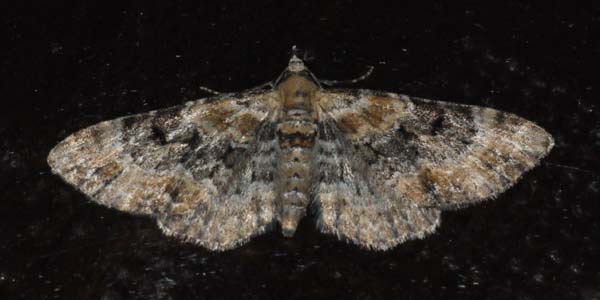

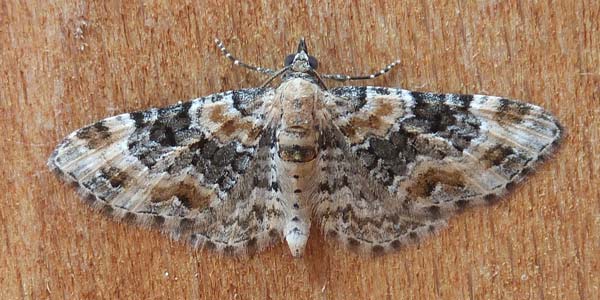



4. Oak-
3. Common Pug, White-
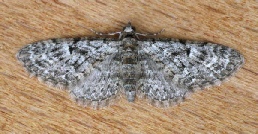
Oak-
Late April to Early June
Brindled Pug Forewing 10-
March to Early May
Forewing is less sharply pointed and broader than in Brindled Pug

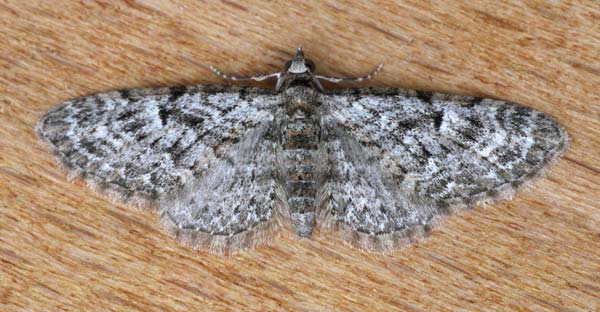


Mottled Pug Forewing 11-
May-
Grey Pug Forewing 10-
Mainly May and June
2 or 3 black wedges as in Oak-
Two wide pale streaks down each forewing towards the outer edge, cutting the crosslines
Thick central crossband curves towards trailing corner of the forewing
Cross-
Discal spot is prominent and more rounded than in Mottled Pug
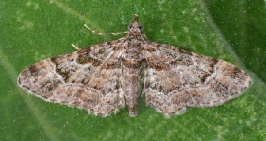
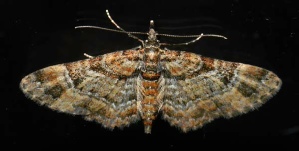
Double-
Fresh moths are very colourful
and unmistakeable
2 Cross-
A lot of adults are badly worn but have still clearly more colour near the leading edge of the forewing
More colour towards the leading edge of the forewing
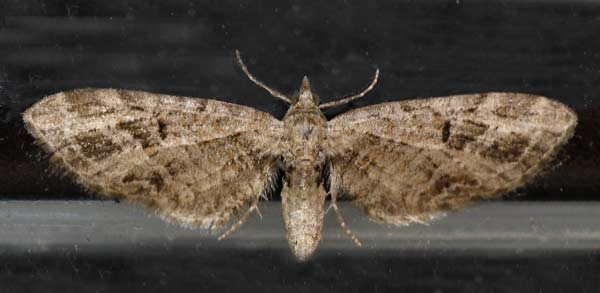
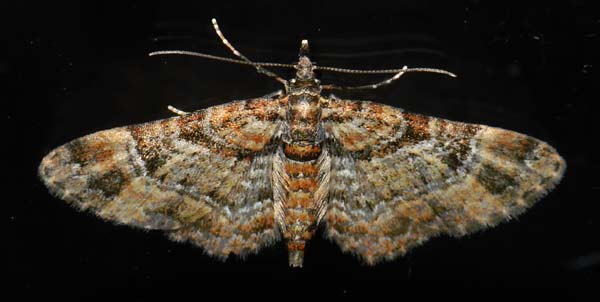
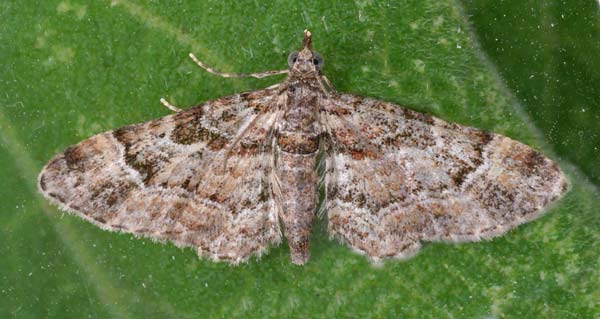
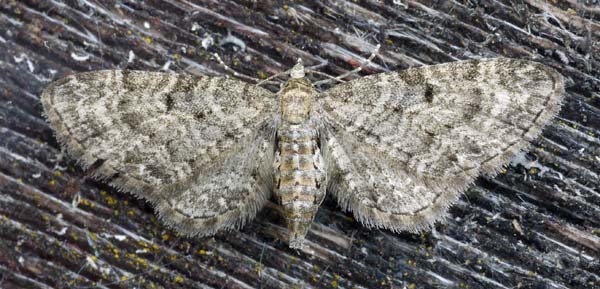


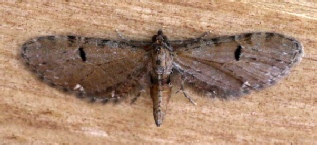
long prominent discal spot
white spot at the trailing corner of forewing is bright white and often double.
dark marks along leading edge of wing
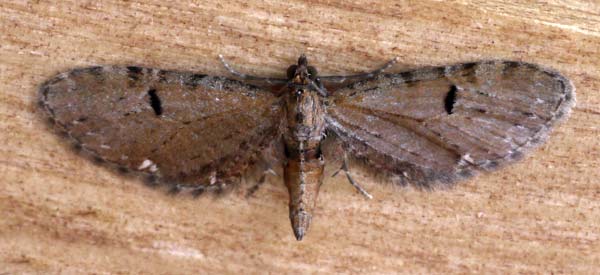
White-
Wormwood Pug About 12mm
Usually larger than Currant Pug
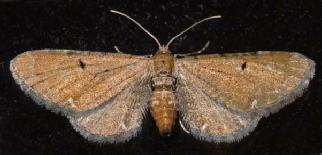
white spot at the trailing corner of forewing is much less bright then in Currant Pug.
